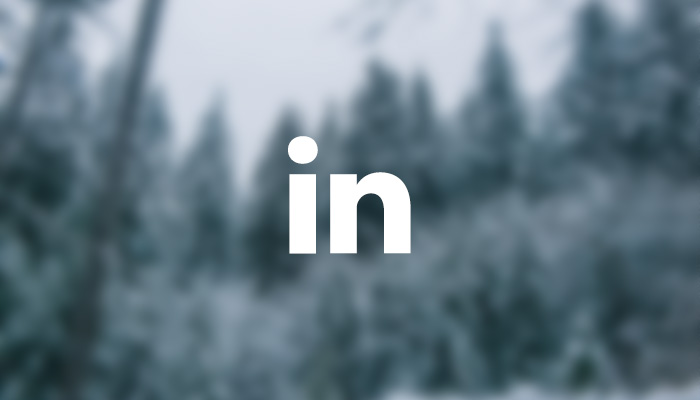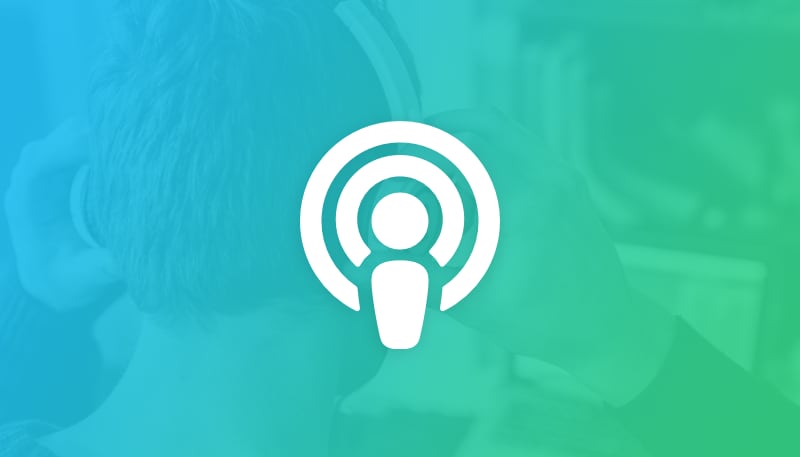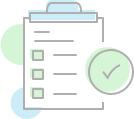
LinkedIn is a popular website to leverage when climbing the corporate ladder…but what about for freelancers? Is LinkedIn a relevant tool for freelancers?
For the savvy freelancer, I argue that LinkedIn can be a highly valuable tool for networking with others, and even finding clients. What follows are several tips for maximizing your exposure and influence on LinkedIn to grow your business.
Maximize Your Profile’s Potential
This one seems like a no-brainer, but many people have answered a few initial questions when creating their LinkedIn profile and haven’t given it’s appearance a second thought.
First of all, get a professional headshot taken. You don’t have to be donning a 3-piece suite and posing like a senior portait, but even a professional headshot in casual attire with good lighting and a quality lens will make you look much more professional. This doesn’t have to be expensive either, as some photography studios will charge a few hundred dollars for a professional photo shoot, I was able to land one for $50 from a recent graduate getting started as a photographer. I use this headshot in every social profile that I set up, so it has been well worth it.
The next step to maximizing your LinkedIn profile’s potential is to use strong keywords in your profile’s description. People do use LinkedIn’s search when looking for others, and your next client might just be using LinkedIn to search for someone who offers your services.
Recently LinkedIn started encouraging the use of photos in profiles. Be sure to upload any relevant photos to your profile, as they will make it more attractive to browse, and users will stay on your page longer if your photos are captivating. You can take a screenshot of your software, a photo of your office space, your building, one of your signature products, whatever might be interesting to see when someone is interesting in what you are up to, just be sure that you aren’t infringing on any copyrights or NDAs when posting these photos.
Another recent addition to LinkedIn are skills and expertise endorsements. These little guys have a life of their own since LinkedIn makes it super easy to bulk endorse people with pre-suggested skills. In my opinion, it’s a pretty useless thing to put in a profile, but they are there, and there is something pretty cool that you can do with them. You can be whoever you want to be by deleting endorsements you don’t care to emphasize, and suggesting ones that you do. For example, I initially populated my endorsements with terms that had to do with programming languages that I knew. However, as I started moving away from being a developer for hire and more towards being an entrepreneur, I simply deleted these tags and added new ones that had to do with managerial and entrepreneurial roles. Sure, I lost a bunch of endorsements that I had acquired up to that point, but within a few months I was quickly endorsed for the skills that I had re-written.
Finally, the way to really make your LinkedIn profile stand out is to request recommendations from previous clients and coworkers. Because you can’t make these up, they provide a high level of credibility for any potential clients that might be browsing your page. The difference between a profile with no recommendations, and one with 100s of recommendations is astounding. If you are too embarrased to request a recommendation from a colleague or client, just start off the conversation by leaving them a recommendation on their profile. Its pretty natural then to follow up with a reciprocal request.
Find New Connections
With LinkedIn it is a little more difficult to expand your network than it is with Twitter, as there is no equivalent of a “Retweet”, and the only people who see the content that you post as updates are your connections. However, you can leverage LinkedIn’s groups to meet others, and gain exposure for your profile.
Typically, it is recommended that you join around 3 groups on LinkedIn and stay up-to-date with topics covered, adding value to the conversation when you can. Depending on the privacy settings, this group activity can be viewed by anyone.
Even if nobody reaches out to connect with you after you’ve been in a group for a while, that’s okay, reach out to someone yourself! Here is a sample connection request that you can send out to someone that you are in a network with:
Hey there Jack,
I have noticed that we are both members of the Young Entrepreneur’s Network and Columbus Web Professionals. I use LinkedIn as a way to connect with like-minded people, and would like to add you to my professional network.
Sincerely,
Ryan Battles
Hopefully Jack will accept my connection request (most folks do, especially if you personalize the request message). Whenever someone accepts your connection request, go the extra mile to send them a thank you message for connecting.
Use LinkedIn as a CRM
With a LinkedIn Premium membership, you also have the capability to
- Categorize connections with custom folders
- Add notes and contact information
- See all messages exchanged
After connecting with some new people that fall into your target audience for your business, you can follow up with them at designated intervals. This can be a tricky proposition, however, as they can flag you as a spammer, or simply disconnect to you. Make sure that whenever you reach out to your connections that you are being genuinely helpful. If you have a lot of news and announcements to share with your network, simply post these to your update status, your network will be exposed to them that way and it’s okay to be a little self-promotional with updates.
Build a Robust Company Page
After maximizing your personal page, it’s time to build up your company’s page. As a freelancer, you can simply create a page with either your official company name, or something like “Jennifer Long, Freelance Copywriter”. The benefit of a company page is that you can show off more photos that are targeted towards your business services, gather reviews for your company, and others can follow your company page without being personally connected to you (often by seeing someone else in their network is following your company page).
The methods for maximizing this page are similar to your personal profile:
- Add photos
- Request reviews
- Add products and services (these can be features of your app, or even pricing plans)
You can post updates to your company page at the same time you keep your Twitter profile, Facebook page, etc. by using either Hootsuite or Buffer.
Use LinkedIn Ads
At a minimum of $2 per click, you can spend a lot of money on LinkedIn advertising pretty quick. Fortunately, LinkedIn provides a lot of customization when targeting who you are spending money on putting your links in front of. Currently, LinkedIn allows you to specify the following filters when purchasing ads on LinkedIn:
- Job Title
- Job Function
- Industry
- Geography
- Company Size
- Company Name
- Seniority
- Age
- Gender
- LinkedIn Group
You can create advertisements that point to a landing page (or your homepage) outside of LinkedIn, or you can pay to boost posts to appear across others' timelines. This is a great way to raise brand awareness, build relationships, and drive quality leads.
Conclusion
Far too many people use LinkedIn only when they are looking for a job. However, that is often too late because if you aren’t building up your network on LinkedIn when times are good, then you won’t have anyone there to reach out to! Developing a LinkedIn marketing strategy is a wise move even for those who may never need a job again (I’m looking at you freelancers), but instead benefit from reaching out to potential clients, and general networking within their industry. All it takes is a little thought, intention, and consistent engagement with those to whom you are connected.







